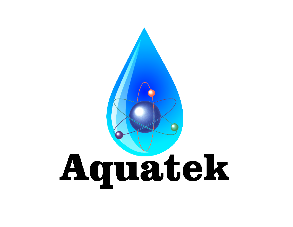Glossary of water terminology and definitions-l
Langelier Index
A
calculated number that gives and indication of the tendency of water to
form a protective film of calcium carbonate scale, to dissolve it or be
in equilibrium with it. It does not take into account the quantities of
film formed, the effect of velocities, oxygen, carbon dioxide, ammonia,
silicon or natural inhibitors in the water. Therefore, it is sometimes
erroneously assumed that any water that tends to dissolve calcium
carbonate is automatically corrosive.
Leach Field
Area where septic tank effluent is distributed by underground piping for natural leaching and percolation through the soil.
Leakage
The
phenomenon in which some of the influent ions are not adsorbed and
appear in the effluent. It is usually caused by an under-regenerated
exchange resin bed or by excessive flow rate.
Legionella
A
series of bacteria, including legionella pneumophila, which can cause
pneumonia-like illness called Legionnaires disease after the American
Legion convention in Philadelphia where the disease first drew
attention. These bacteria have been found growing in hard water scale
and thrive below 140 degrees Fahrenheit in water heaters, showers,
humidifiers, etc. Infection is obtained by inhalation.
Lime
The common name for calcium oxide (CaO); hydrated lime is calcium hydroxide, Ca(OH)2..
Lime Scale
Hard
water scale containing a high percentage of calcium carbonate.
Insoluble scale is commonly formed when water containing calcium
carbonate is heated. It also forms in cold water but precipitates at a
higher pH.
Lime Softening
Often
used by municipalities for partial reduction of water hardness. After
the addition of baked lime, soda ash is added to form an insoluble
precipitate which is filtered from the water. This method leaves five or
more grains of hardness.
